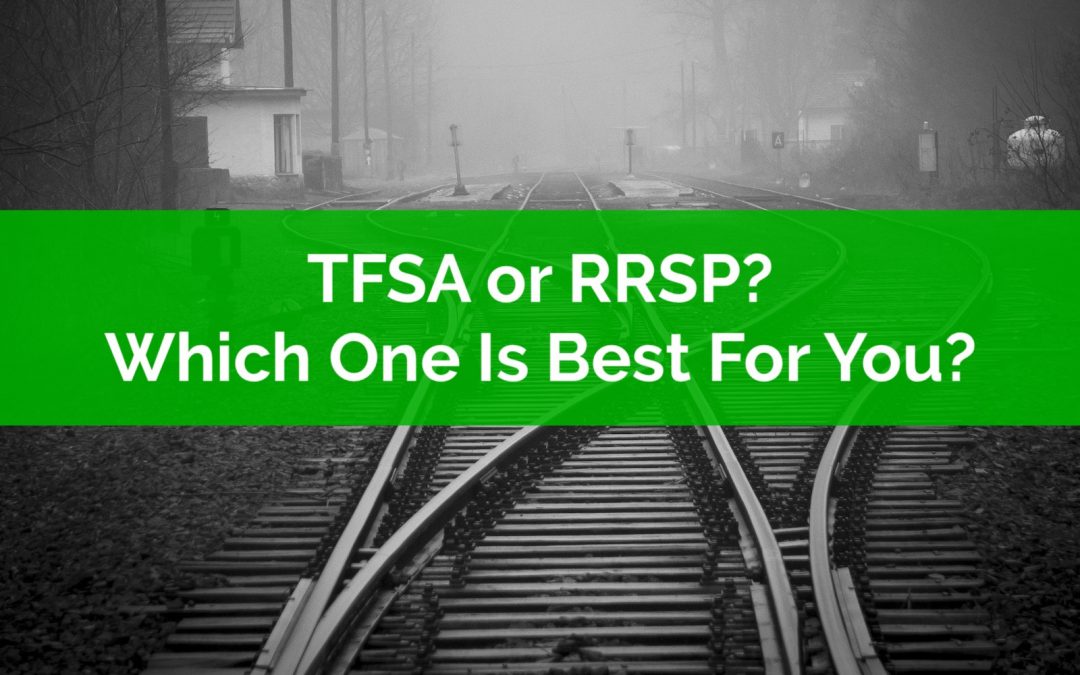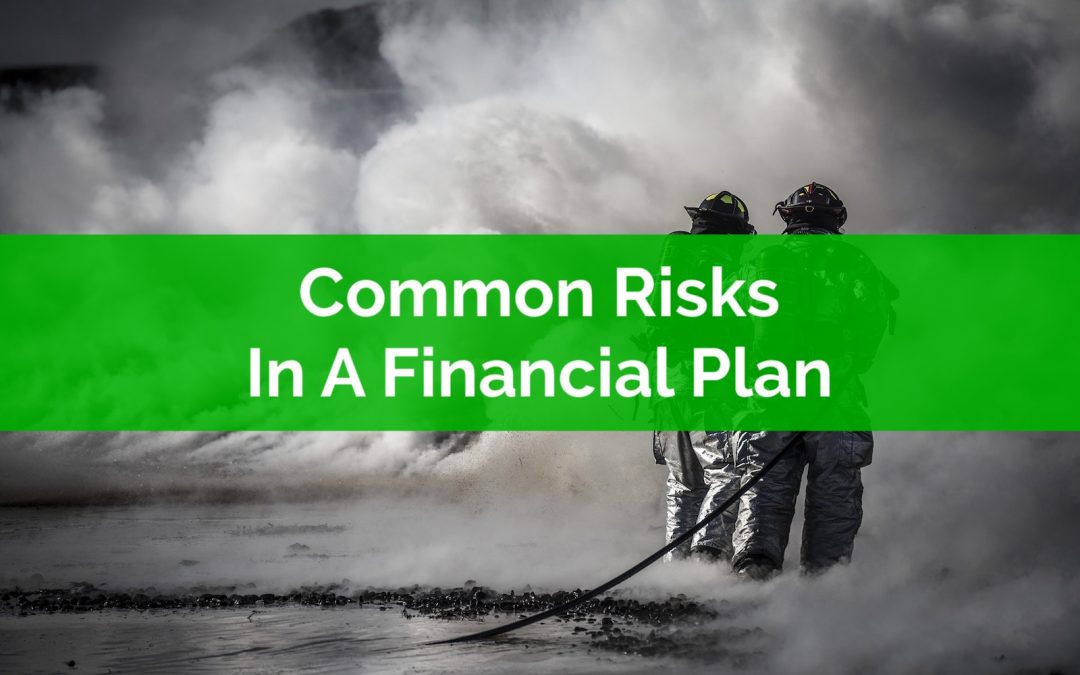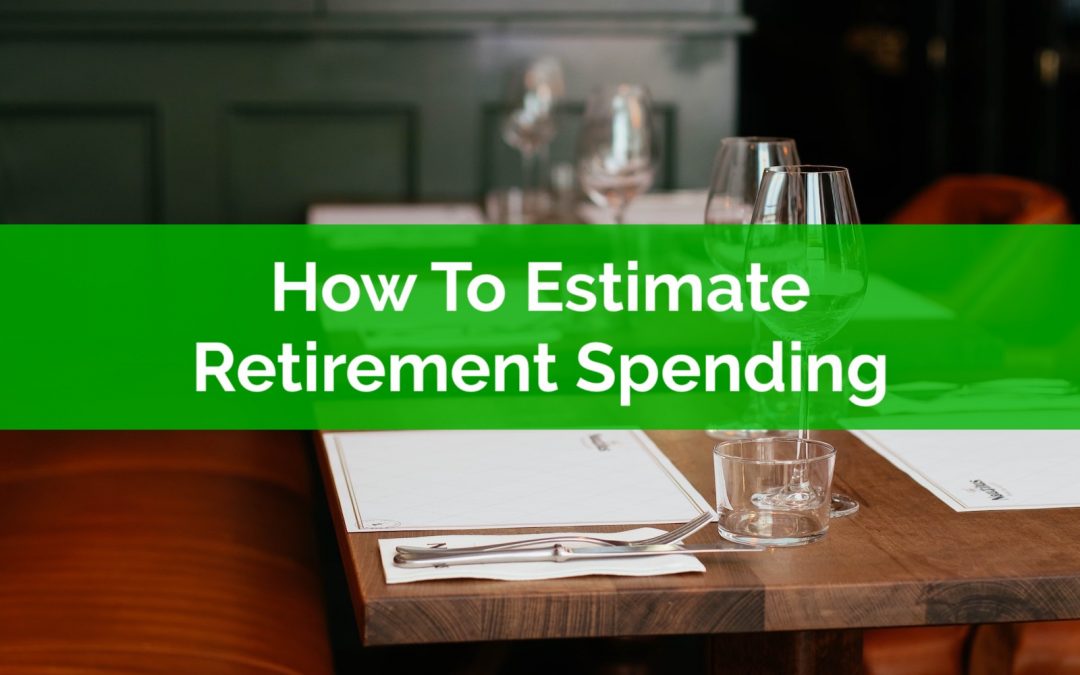
by Owen | Sep 6, 2021 | Behavioral Finance, Budgeting, Financial Goals, Financial Planning, Retirement Planning
What do you prefer to spend your money on? Cars, houses, vacations? Everyone spends their money differently. Some people enjoy nice cars, large houses, the latest clothes or gadgets, luxurious vacations, food, wine, restaurants, the list is endless.
But for some of us, we like to spend our money a different way. Some of us like to slowly buy more and more freedom, flexibility, and time.
Like other ways to spend money, buying freedom is a personal choice, but it’s the right trade-off for us. We don’t value expensive cars, or large houses, or expensive clothes, but what we do value is freedom, flexibility, and time.

by Owen | Aug 16, 2021 | Financial Planning, Retirement Planning, Tax Planning
Both the Tax-Free Savings Account (TFSA) and the Registered Retirement Savings Plan (RRSP) are tax-sheltered accounts offered to Canadians by the government as a way to help save and invest without the drag of income tax on annual returns.
Although both are great ways to help grow your money, it can be difficult to decide which one is best for you.
Often one type of account is better for an individual than the other. In most cases we would prefer to maximize one of these accounts before moving on to the next.
Which account we choose, TFSA or RRSP, will depend on a number of factors. These factors may change over time. It’s reasonable to assume that a new grad entering the work force would be better suited to maximizing their TFSA first but as their income grows they may prefer to start focusing on their RRSP instead.
This decision between TFSA or RRSP often involves looking at your marginal effective tax rate today and your marginal effective tax rate in the future. You marginal effective tax rate is your income tax rate PLUS the claw back rate you experience from government benefits.
Making the right decision between TFSA or RRSP can help save $100,000’s over time.
It can mean paying thousands LESS in income tax and it can mean qualifying for thousands MORE in government benefits (like the Canada Child Benefit (CCB) or the Guaranteed Income Supplement (GIS) or one of dozens of other government benefits that are available).

by Owen | Jul 19, 2021 | Buying A Home, Financial Planning, Retirement Planning, Tax Planning
There are a number of personal and financial benefits when owning a home. There is the stability, the forced savings of mortgage payments, the potential for appreciation etc. etc. But there are two somewhat less obvious benefits of owning a home.
These benefits will help homeowners financially, both before retirement in the accumulation phase and also after retirement in the decumulation phase. These benefits will make it easier for homeowners to achieve their financial goals, decrease taxes, and minimize government benefit clawbacks.
In this post we’re going to explore two, perhaps hidden, benefits of owning a home.

by Owen | Jun 14, 2021 | Financial Planning, Insurance And Risk Management, Tax Planning
When you’re thinking about your financial future it’s important to consider risk. There are your typical risks, like the risk of losing money with investments, the risk of passing away unexpectedly, or the risk of not being able to work for an extended period of time. These are all common risks we need to plan for.
But there are also other risks too, ones that many of us might not include in our plans. These risks are less common, more speculative, but can be just as damaging. Risks like changes to government benefits, increasing tax rates, or changes to tax-advantaged accounts like the RRSP and the TFSA.
Based on age alone, the TFSA is relatively young, it’s barely entering the double digits. Although it was only introduced in 2009 it has already experienced a few dramatic changes during that time.
Anticipating changes to tax-advantaged accounts is an important part of any financial plan. A good plan should have enough room to absorb a few of these unexpected changes without causing major stress.
To ensure your plan is robust you need to anticipate these changes and understand how they might impact your plans.
In this post we’re going to speculate on a few ways that the TFSA could change in the future. This is pure speculation but it’s a good exercise to understand what changes might be possible in the future and how your plan can absorb them if they were to actually happen.

by Owen | May 24, 2021 | Financial Planning, Insurance And Risk Management, Retirement Planning
No financial plan is immune from risk. No amount of planning is going to eliminate risk entirely. In fact, there are many common risks in a financial plan that may cause issues down the road. What we need to do is identify what types of risk a financial plan may face and find ways to reduce risk or mitigate it where possible.
When we talk about risk we naturally assume that means investment risk. While this is one common type of risk, there are also many other risks we need to watch out for.
A lot of these risks can be reduced or sometimes even eliminated with proper planning. For each major type of risk below, we’ve highlighted a few ways to help mitigate the impact it may cause. But even with these tips, its usually impossible to eliminate risk entirely.
A financial plan will typically cover 30-50+ years. Over this time span there are many unknowns that may occur. A good financial plan will be flexible enough to absorb these unknowns and still be able to reach the same goals with only minor tweaks.
This flexibility is important. It’s impossible to eliminate all risk. It’s very likely that even the best laid plans will experience some disruption along the way. Having some flexibility, and knowing where that flexibility exists, will help reduce the stress and impact if the unfortunate were to happen.

by Owen | May 17, 2021 | Budgeting, Financial Planning, Retirement Planning, Tax Planning
Retirement spending is one of the most important assumptions in a retirement plan. Making the right retirement spending assumption can make the rest of a retirement plan much easier. Making the right assumption can also make a retirement plan much more successful.
Making the wrong retirement spending assumption however could mean running out of money in retirement, or it could mean working longer than necessary, or it could mean accumulating millions of dollars late in retirement. All things we would prefer to avoid.
Of course, there are some simple “rules” for retirement spending like assuming 70% of pre-retirement income, but given how important retirement spending is in a retirement plan these generic rules can lead to issues in the future.
When creating a retirement plan it’s important to make the right retirement spending assumption. This means avoiding generic rules and instead understanding your unique spending needs today and how they might change in retirement. This also means understanding the impact of being wrong with your retirement spending assumption and how doing a “trial run” of retirement spending can help improve the level of confidence you have in your retirement plan.
Page 10 of 19«...89101112...»






